Today I’m going to talk about using your charcoal grill for survival cooking. It’s not a conventional “prepper” item, and most of the prepper literature prefers to talk about dedicated wilderness/survival stoves. Those definitely have their advantages, but the lowly grill is often overlooked. In my opinion it is one of the best “entry level” survival cooking items you can own.
There are two basic types of outdoor grills: charcoal and gas. If you have a gas grill, shame on you! Just kidding – to each his own, but I’m charcoal all the way. That said, I don’t really know a whole lot about gas grills other than they’re a little bit more complicated than charcoal, and storing reserve fuel for them is a little more dangerous than storing charcoal. If you have a gas grill, discard the specifics here, and apply the principles. Let’s get into it!
Charcoal Grills: Advantages
We really like cooking over charcoal. We probably fire up the grill at least three times per week and sometimes as many as seven or eight. Doubtlessly some of you guys, do, too. My stance on charcoal (or gas) grills as a survival cooking mechanism is, essentially, if you have a grill, why wouldn’t you use it during a disaster/grid down? it doesn’t take a whole lot to make it a pretty viable cooking option.
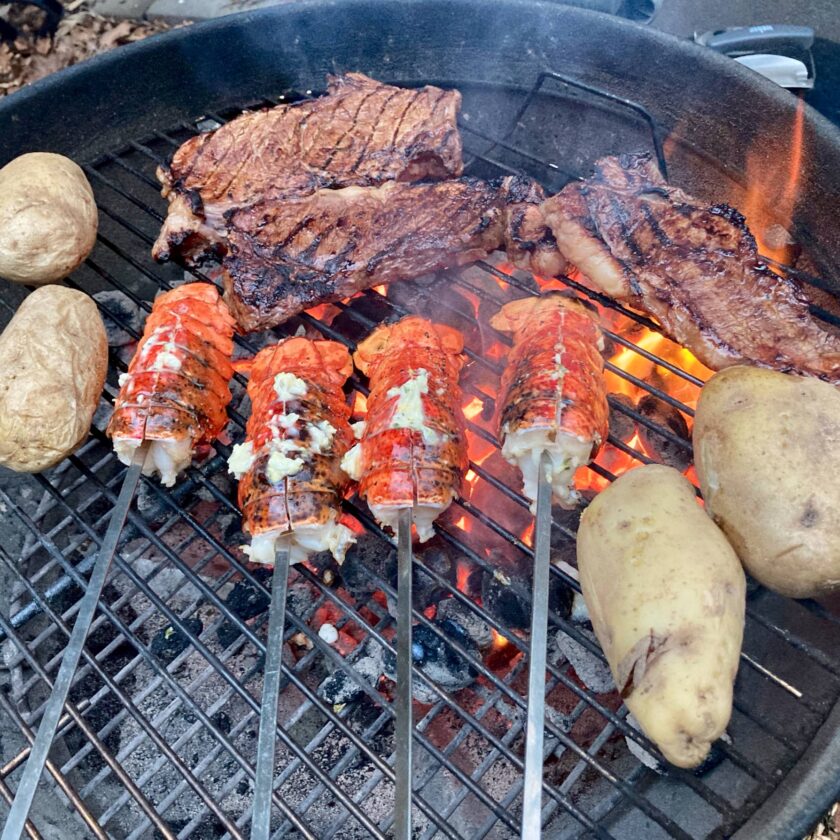
The first advantage of a grill is you probably already have one. If you don’t have one, it’s probably a pretty easy sell to the rest of your family on purchasing one – even if they don’t care about preparedness. Grills are extremely common. They don’t look out of place, and fuel for them is readily available, but you have to have the foresight to plan ahead a little bit.
Second advantage: they’re optimized for outdoor cooking. The charcoal (and gas) grill is undoubtedly the most popular outdoor cooking appliance in this country. There are millions of them, in rural backyards, on suburban porches, and urban rooftops. Since they are already there, and are optimized for cooking, why not use them?
The third advantage of a charcoal grill is its simplicity, as I mentioned earlier. The charcoal grill is basically nothing but a covered metal pot with a grate in the middle. There are no hoses to crack, no igniters to go out, no burners to rust out. I personally recommend Weber charcoal grills. If you have the space for it and will use it regularly, the Weber Original 18-inch or 22-inch Kettle Grill is awesome. I’ve owned two of these in my life, and know people that have owned these simple grills for 25+ years.
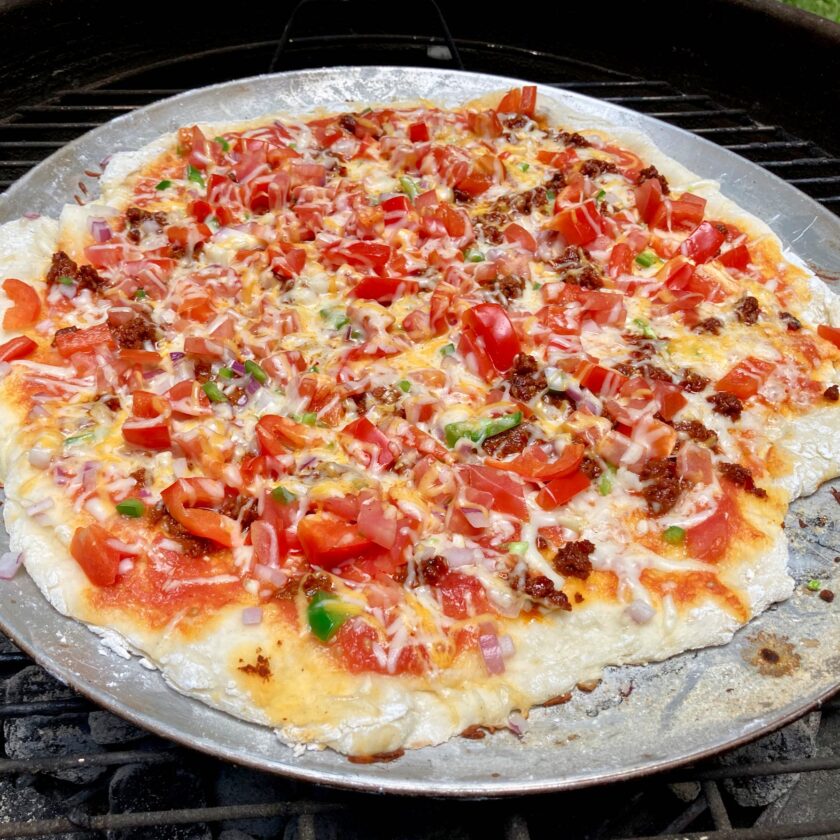
If you don’t have much space, or are just thinking of a grill as a survival tool for a couple people, the 16-inch Smokey Joe is another great option. It’s quite a bit smaller and only costs $35. I had one of these when I lived in a small townhouse. It’s a great option for tiny backyards or apartment patios.
One more advantage of the charcoal grill: you can burn wood in it. This isn’t the easiest way to cook, but you can
Charcoal grills are awesome, but they also have some disadvantages. Let’s take a look at them.
Charcoal Grills: Problems and Solutions
The first disadvantage of the survival cooking charcoal grill is the cost of fuel. Charcoal is expensive. Fortunately for us, we love a good sale almost as we love cooking meat over charcoal, so this helps to mitigate this cost. Our biggest source of charcoal has been Lowe’s. This year, at Lowe’s Memorial Day sale, two-packs of 20-lb bags of charcoal were on sale for about half the normal price ($11.something vs. $23.88) (they normally have this same sale at Labor Day). We rolled out with an obscene cart of charcoal.
We’ve used it all summer, at normal rates, and we still have a little over 200 pounds of charcoal…all of which was purchased at half price. Again, keep in mind this isn’t a “prepper” item on the shelf for Doomsday – we’re going to use this. We might as well get it cheap while we can, and take the fringe benefit of having it for emergencies, too. Don’t forget that in an emergency you can also burn wood in your charcoal grill.
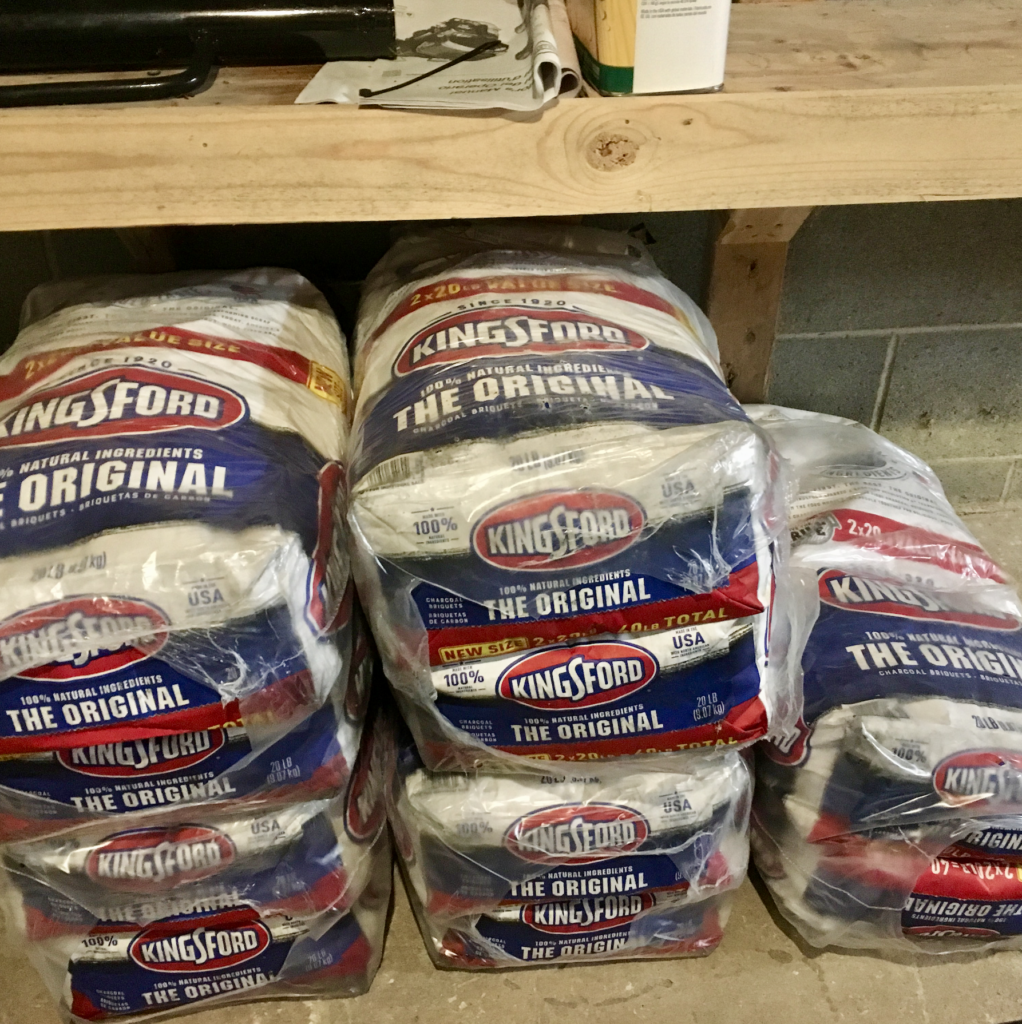
The next disadvantage is that charcoal isn’t terribly efficient. You can mitigate this one, too, but mitigation will require a bit more complex approach.
First, find a better, more sustainable way to light your charcoal. Get rid of the lighter fluid – you don’t need it! I absolutely swear by the Weber chimney. Instead of having to stock a bunch of lighter fluid (which I can’t stand the smell or taste of) all I need is a sheet of newspaper to get my charcoal going. Loosely wad a double-sheet of newsprint, stuff it in the bottom chamber, place charcoal in the top chamber, and light. As soon as flames are jetting out the top (15 minutes or so), dump your coal into the grill. It’s fast, easy, and inexpensive.
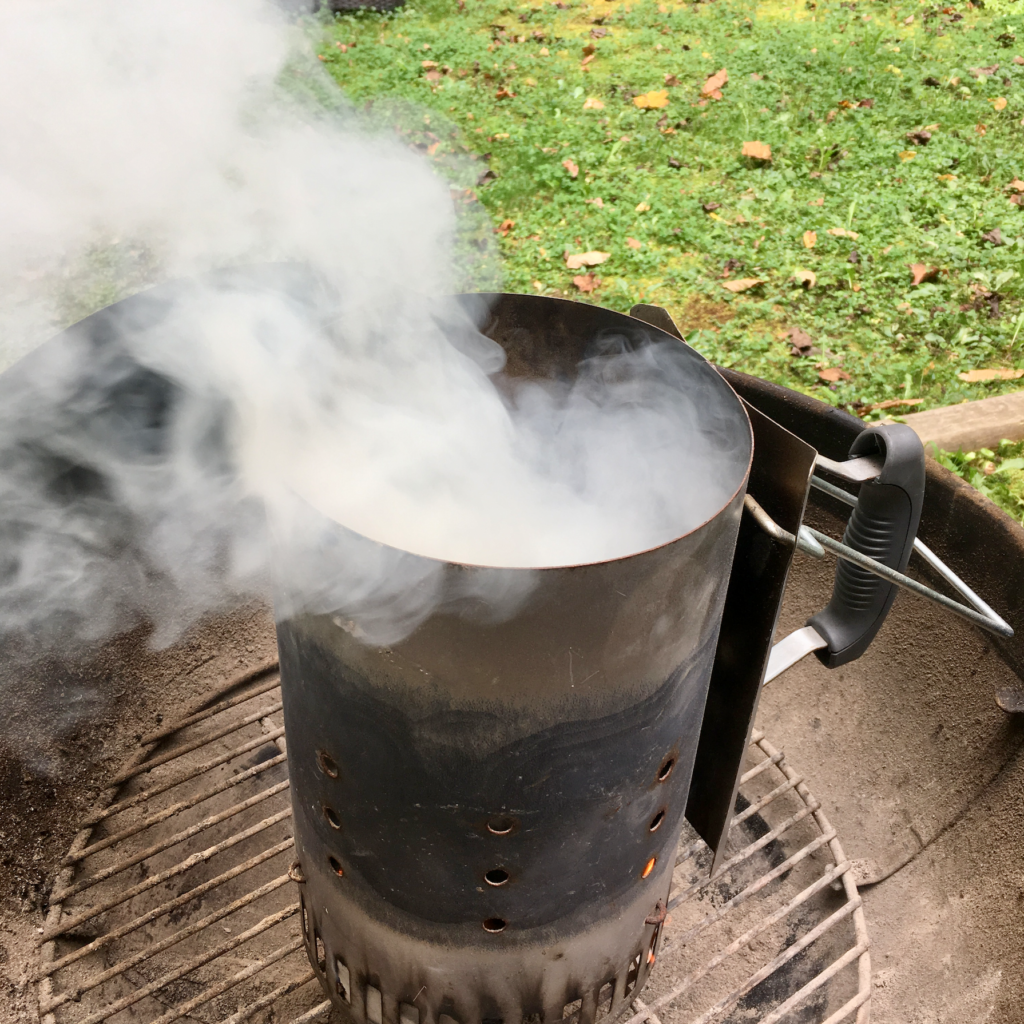
If you don’t want to subscribe to the newspaper there are a couple of things you can do. All those free, local papers and coupon fliers printed on newsprint? Find a box to store them in. Or if you recently moved (like us), save your packing paper (there are a million other uses for packing paper and it’s crazy to throw it all away). Failing that, you can pick up the weekly circulars at your local grocery store and save those. If you’ve moved or know someone who has I can’t recommend packing paper enough, though.
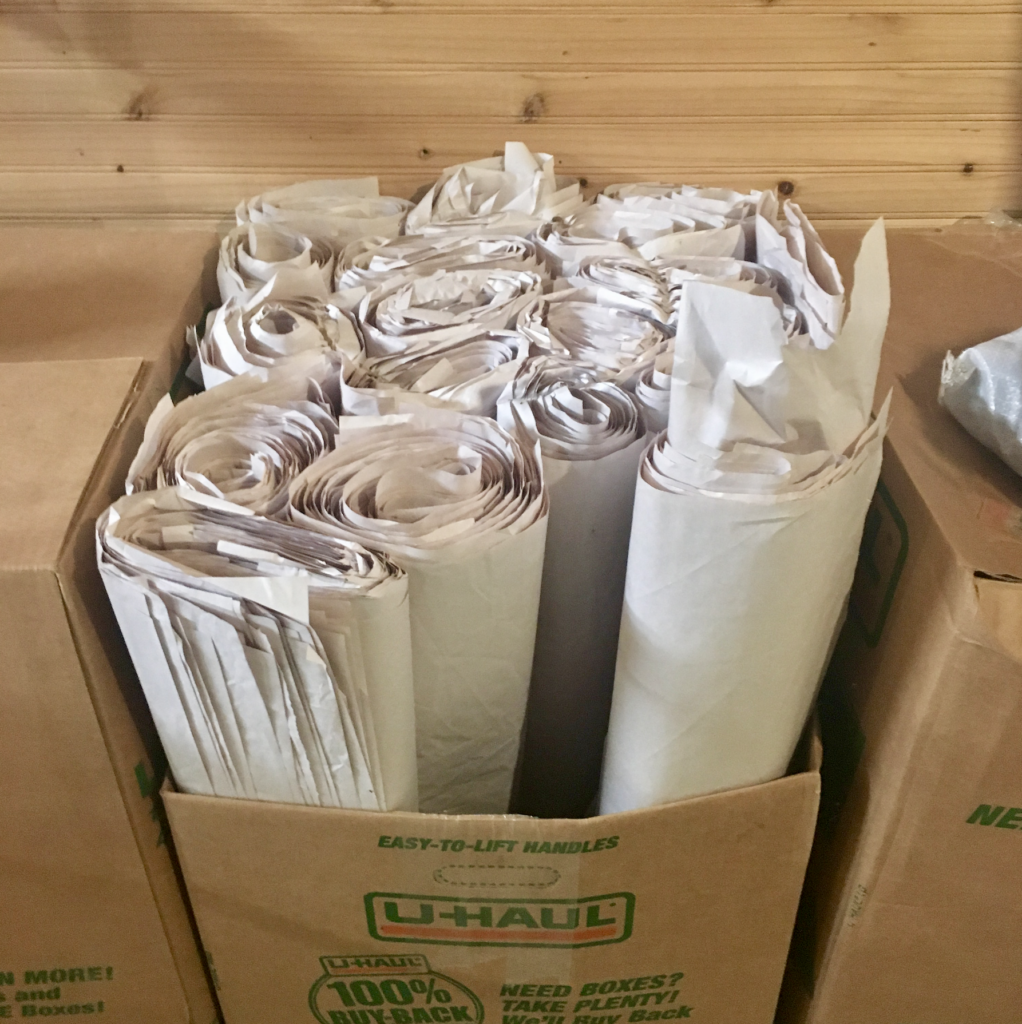
Secondly, you can get real familiar with your grill. The more you cook on it, the greater your understanding will be of how much charcoal you need to use. We have put probably 1,000 pounds of charcoal through our grill. We know a thing or two about how to cook on it. One problem I consistently see is people using way, way too much charcoal for what they’re cooking. This is one of those things that comes with experience.
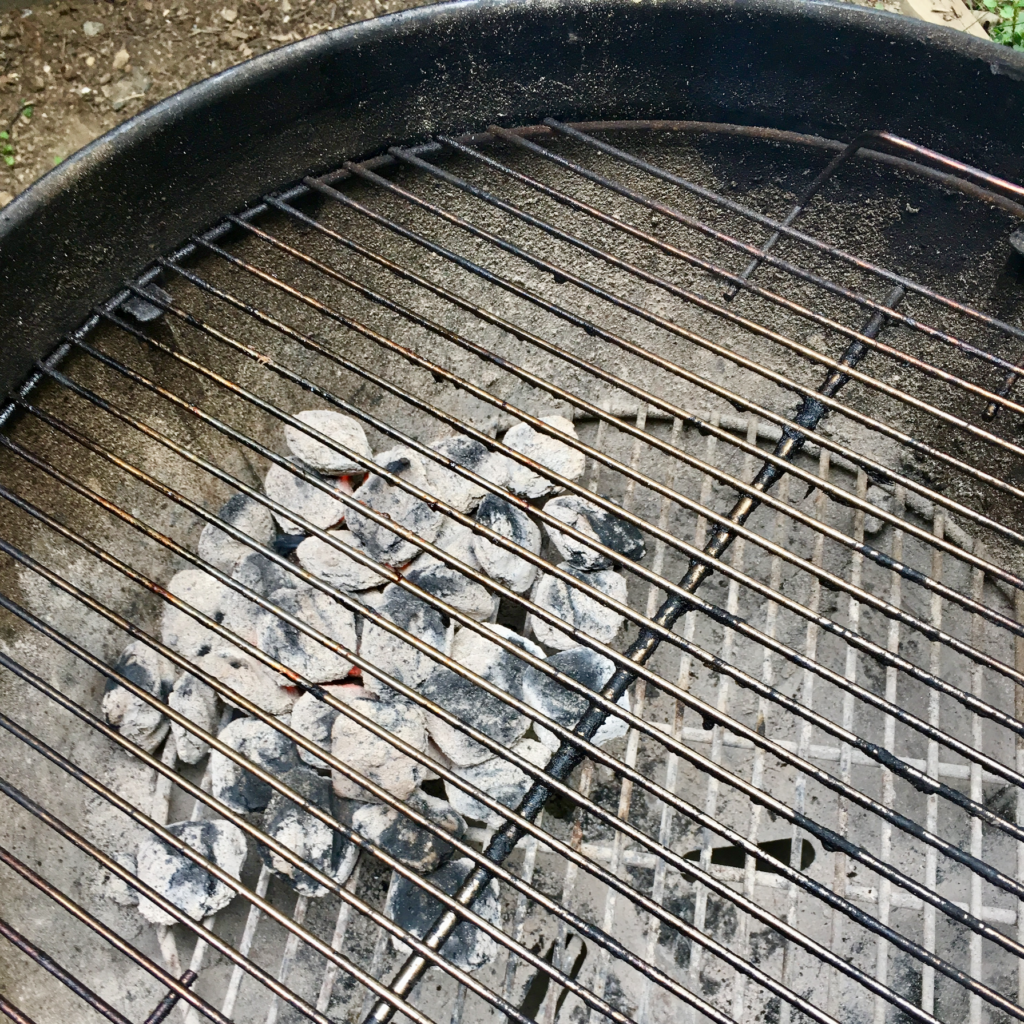
Third, reuse charcoal. We reuse a LOT of charcoal. As soon as you’re finished cooking something, all you have to do is lock down your grill vents, top and bottom. This will restrict air flow and your charcoal will go out. The next time you cook, just throw that into the chimney as the base, and add just a bit of new charcoal.
By the way, charcoal will go out a lot faster – and a lot more will be preserved – the better your grill is. I’m not saying spend a thousand bucks on a fancy smoker, but don’t spend $20 on the Walmart special. The $120-ish Weber seems seems to be the sweet spot for me.
Use Cases For Charcoal Grills
So who is the charcoal grill ideal for, and why did I say it’s one of the best items you can own? If you’re a diehard prepper, I’m not recommending you jettison your rocket stoves, but there are two categories of people for whom the survival cooking charcoal grill is exceptionally well-suited.
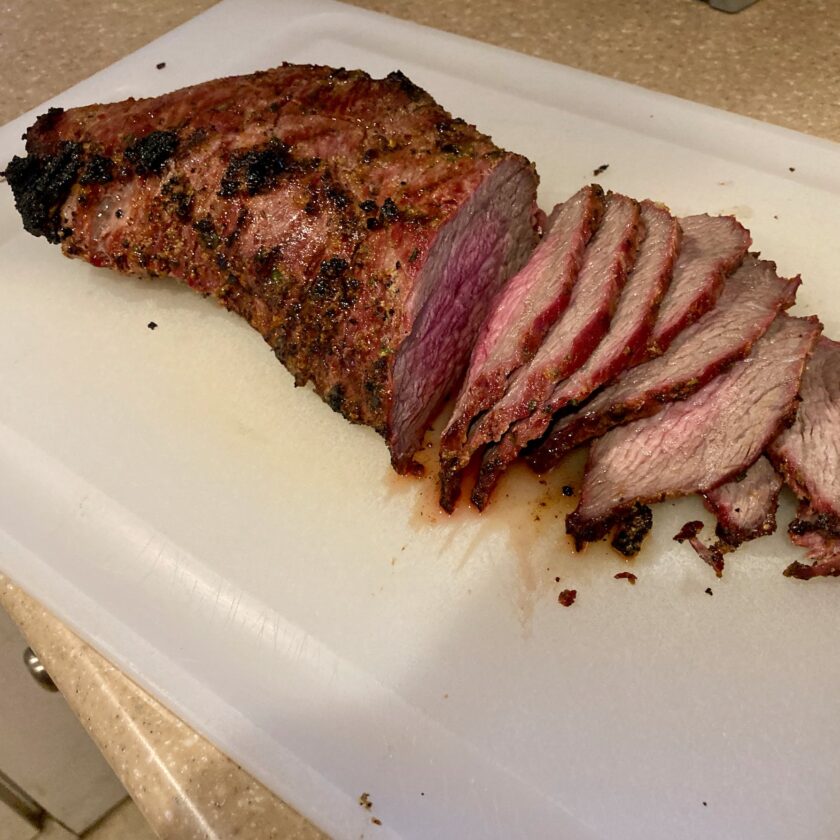
First, it’s ideal for people like me. I use my grill all the time – several times a week on average. Our grill isn’t reserved for weekend cookouts; we use it for breakfast, lunch, and dinner. It just makes sense for me to have a metric shitload of charcoal on hand. If we enter some sort of collapse/SHTF/whatever, I have a readily available method of cooking. It’s also one that I’m extremely familiar with. Also, by purchasing laughably large (to most people) amounts of charcoal we save money that I would have spent anyway. We take advantage of the lowest prices of the year, and incidentally, we’re covered for months.
Second, it’s ideal for people that already have a grill but no other emergency cooking capability, and/or those who want to tiptoe into being prepared. A few bags of charcoal (or an extra propane tank) can go a long way to building some level of preparedness without investing in a bunch of dedicated tools that you may never use.





